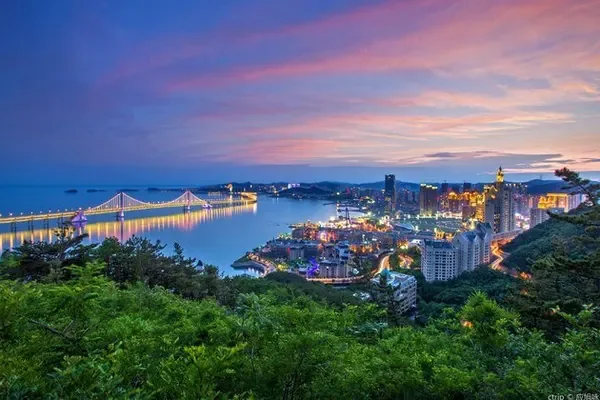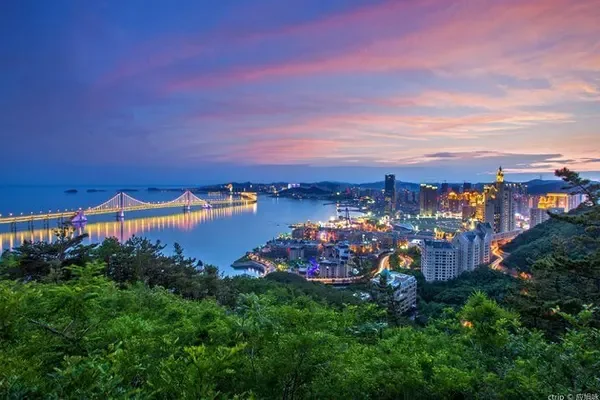Longwu Temple is located at the foot of West Mountain, Longwu Town, where the capital of Huangnan Tibetan Autonomous Prefecture is located in Qinghai Province. It is located on the banks of the middle reaches of the Longwu River, with a pleasant climate. It is a national key cultural relic protection unit. Longwu Temple has a history of more than 600 years, and it is a Tibetan Buddhist temple with a longer history than Kumbum Temple.

The seat of Longwu Temple faces east from west, with solemn shape and luxurious decoration. The temple building is a combination of Tibetan and Han styles, with flying eaves and brackets, resplendent and magnificent. There are many exquisitely shaped Buddha statues, murals, pile embroidery and Thangka in the temple. I don't know whether it is Longwu Temple that affects the development of Regong culture, or Regong art nourishes this sacred hall. It has long been a historical site and a holy place of worship where Buddhist culture and Regong art fully blend. Every year in the first month of the lunar year, the activities of the first lunar month ceremony are held here, such as showing the Buddha, turning around the Maitreya Buddha, and dancing the Qiang Mu.


Buddha Sunshine: The Buddha Sunshine event is also a grand festival for Tibetans. People will wear festival costumes to attend. In anticipation, the big Buddha was carried out by the monks. Everyone competed to offer Hada. Hundreds of young men in the village gathered together To participate, they carried the big Buddha and headed to the Buddhist altar. The colorful and colorful pile-embroidered giant Buddha statues are slowly unfolding amidst the sound of monks chanting sutras.

Turning to Maitreya Buddha: The wind and horses are dancing all over the sky, believers prostrate on the ground in a clockwise direction around the Buddha seat in the square, recite prayers, and kowtow again and again.

Jumping Qiangmu: "Jiaoqiangmu" is commonly known as Tiaoshen. Every year on the 16th of the first month of the Tibetan calendar and the 29th of October in the Tibetan calendar, the "Jiaoqiangmu" of the Longwu Temple in Huangnan Tibetan Autonomous Prefecture is very distinctive. Longwu Temple is a monastery of the Gelug Sect of the Yellow Sect, and mainly dances the "Six-armed Vajra Dance" and "Dharma King Dance". The performers wear masks and gorgeous costumes, and hold ruyi magic weapons to perform content such as protecting dharma, praising gods, and killing demons. The rhythm is fast, the movements are large, and there are more dramatic elements. Devout Tibetan Buddhist believers will worship and simmer mulberry at this time to expel demons and ghosts that may bring disasters in the coming year.




